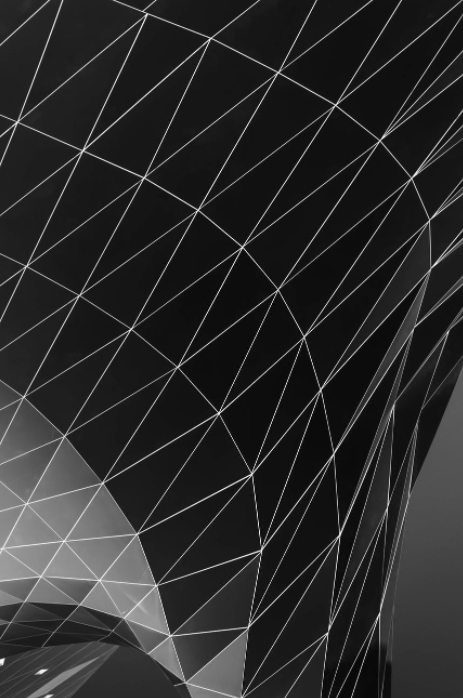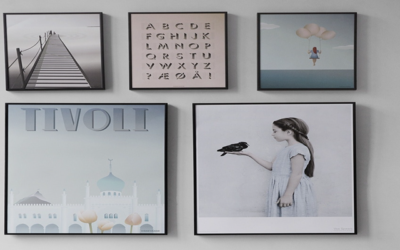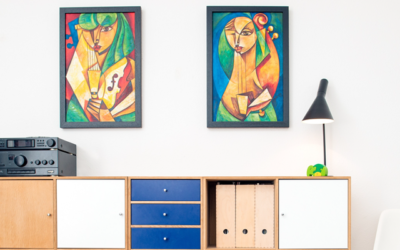Understanding NFT Art
As the industrial revolution got underway, ownership of the means of production was all that mattered. The battle over ownership of factories and equipment was so fierce that wars were fought because of it, and entire political systems rose and fell as a result.
Now that the industrial revolution has given way to a new digital paradigm the importance of intellectual property is gaining prominence, yet few people understand its full potential. The growing interest in non-fungible tokens, or NFTs, is arguably the most fascinating manifestation of this shift, but even here there is a great deal of misunderstanding and many preconceptions that will need to be overcome.
Right Clicking vs. True Ownership of NFT Art
In an online world where virtually everything is free for the taking, it can be hard to overcome preconceived notions that clicking on something is the same as owning it. This is especially true in the world of NFTs, strange digital artworks that exist entirely online and have no footprint in the so-called real world.
When looking at an NFT purchase of a popular meme, an online photograph or an important moment in sports history, the would-be buyer may wonder, rightfully, what they are getting for their money. They may reason that they can right-click and save the image, the meme or the moment for free, but what they do not realize is that saving is not the same as owning.
Intellectual Property and the Ownership of NFT Art
What those would-be NFT owners are missing is the most important part of the NFT revolution, and it is likely to be the driver of higher prices and bigger returns in the future. It is certainly true that anyone, no matter how much or how little money they have in their pocket, can right-click on an image and save it on their computer or cloud account.
Once that save is complete the image exists in digital form, where it can be accessed and looked at. What that right-click does not do, however, is confer or transfer ownership. A copy of the famous meme may now reside on the target hard drive or smartphone, but the person who created the image is still the owner of the intellectual property that lies behind it.
Who Owns Your Software?
Think about it this way – do you really own the software that is sitting on your computer. If you think so, you might want to take another look at the user agreement you clicked on but likely did not read. When you do, you will quickly see that whether it is Microsoft, Google or Apple, the company behind the software retains its intellectual property rights, and you are merely paying (or not) for the privilege of using it.
Put another way – does having the Skype app on your smartphone make you the owner of the company? Of course not – if it were that easy everyone would be a tech billionaire and everyone would live the life Jeff Bezos currently enjoys. In the real world use does not equal ownership, so you might not want to go out and buy a rocket ship just yet.



The Growing Value of Intellectual Property
In the digital age nothing is quite as important as intellectual property. Why do you think Coach and Gucci spend so much time scouring sites like eBay and perusing flea markets in search of counterfeit goods? It is not because the people scooping up those bargain basement bags would otherwise be shopping at their tony retail outlets – it is simply because they cannot afford to have their brand values diluted by cut-rate products and shoddy manufacturing methods.
The same is true in the online-only realm. In fact, in the digital art world the value of intellectual property can be even greater, and it is only likely to grow as the years progress. Nothing is more important than owning intellectual property, and understanding the difference between possessing an image and owning the original is what will drive the NFT market higher and higher.
Think about it this way – would you rather have a copy of the Mona Lisa hanging on your wall, or would you prefer to own the original? Would you rather listen to your favorite artist on Specify or Apple Music or own the publishing rights to the same catalog? The choice is clear, and that is why the future of NFT art is still bright, and still being written.
Helpful Decorating Guides






